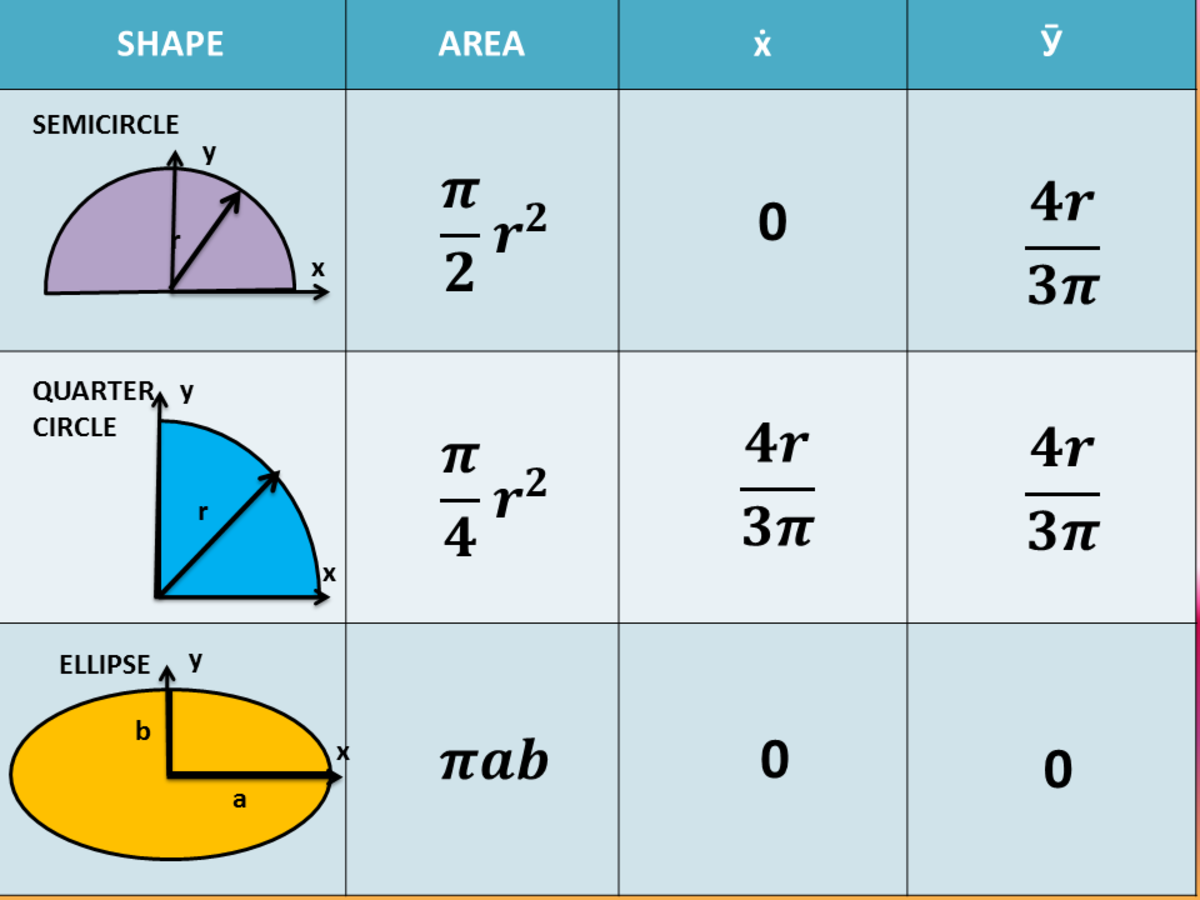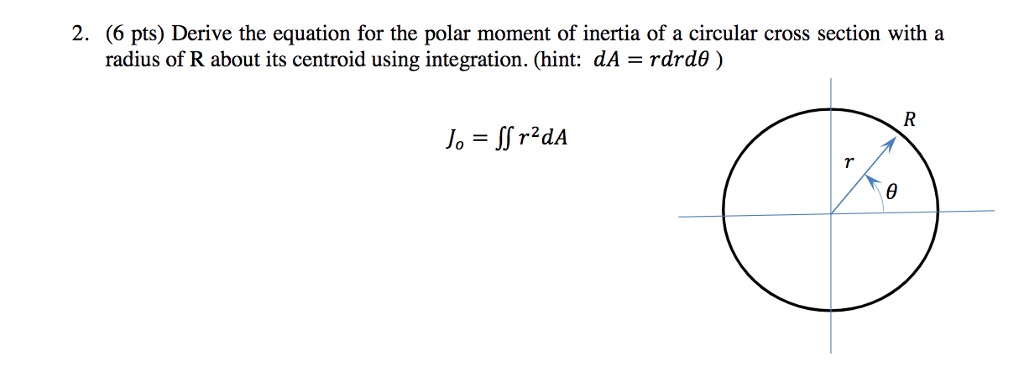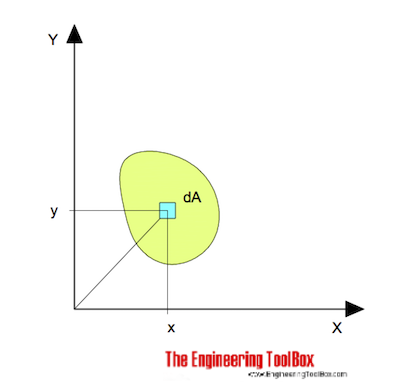

i'll assume that you're not working on your own, who's around that can help ? (if you're young, don't be afraid to show ignorance, nor a willingness to learn) do not go on a DT course untill you've done some work, and understand some of the issues.

what are they expecting to see ? how familiar are you with the plane and with these guys ? mind you, they're probably as over-worked as they guys over here, so they might not be able to give you much time. I'd start with the guys who are going to approve your work. RE: A310 Fuselage Cross Section to find Inertia and Centroid Values sb1786 (Aeronautics) if i think i'm in a more sensitive area (say behind the rear spar on the upper fuselage shell) i'd probably use 1.5*. i don't calculate the effects of the gust/manoeuvre spectrum (there are So many assumptions hidden in the method you're using), i prefer to say, i know the hoop stress, let's assume that a factor of 1.2 accounts for these effects so i use something like 1.2*hoop stress as my equivalent 1/flt stress. Personally, i prefer to work with what i know and make the best guesses i can. at the end of the day, it shouldn't matter much, the method is So hokey. Why not a perfect circular fuselage? it's most structurally efficient, and the europeans are known for their pursuit of efficiency (well, some of the mainlanders, i suspose).īut for the method you have why not ? and use the stringer areas near your installation, there should be some sort of GA of the fuse (for stringer pitch), else use what you near your installation, and your best guesses, and a factor afterwards.

Like I implied, if you have a patron supporting you, keep going. The alternatives to finding bending stress are, well, proportional to the effort. Just look at what pr/t will do for fatigue life or crack growth if you're off a foot. Stringers can be estimated quite well with common measuring tools too. As far as the nearest foot - even if you don't have an SRM, you have a tape measure which should get you within a quarter. Bending moment is going to be harder the aforementioned FAA report had a technique for that too. You are probably in a constant-section area, that is, applicable a couple bays forward and aft. Go to the SRM, that should be able to identify stringer profiles all the way around. There's even an FAA Tech Center report that even describes the technique you're using, with examples of a few airliners, dammed if I could find it now. Other end of the spectrum is a full FEM of the fuselage comparisons are why I say the outer shell (even if just the skin) is conservative.

Usually this is approach not done because of time constraints but if you have the time. Looking at the outer shell of skin and stringers is quite conservative, floor structure does add quite a bit of heft.


 0 kommentar(er)
0 kommentar(er)
